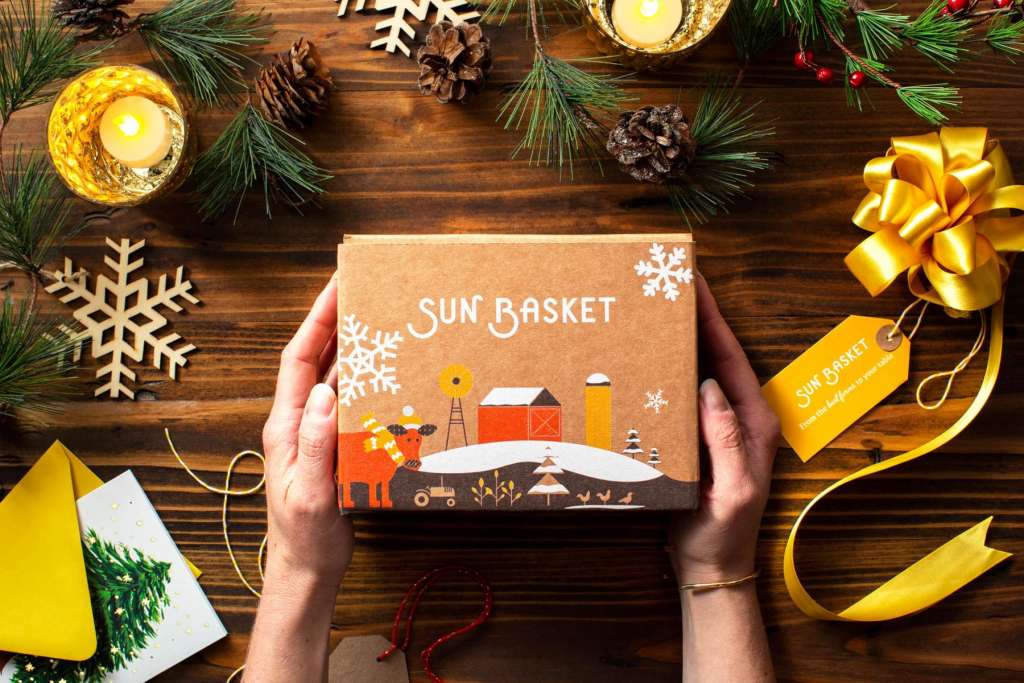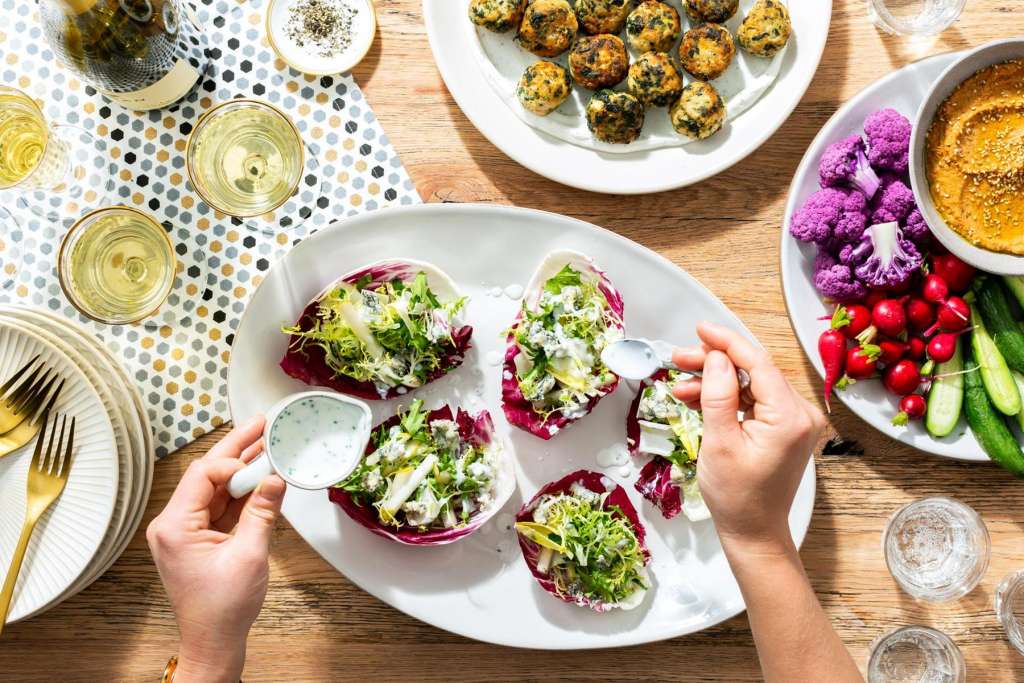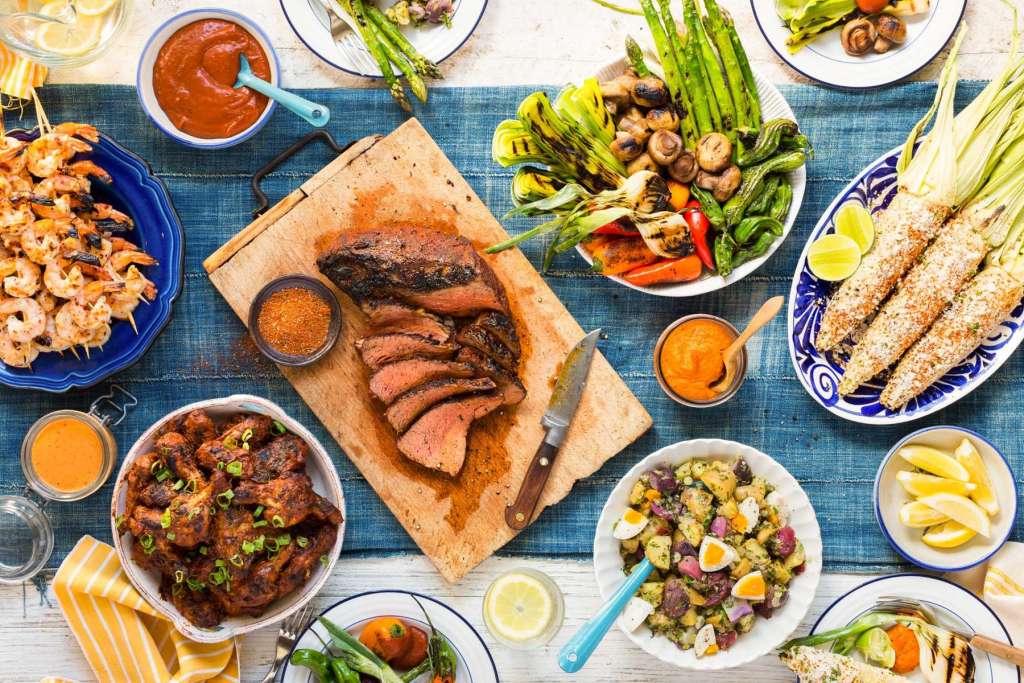10 Ways to Reduce Food Waste & Become More Sustainable
 The average American family throws away $1,500, or 300 pounds, of uneaten food every year—that’s about 20 percent of what we buy. While composting, if it’s available where you live, can cut down on the amount of food going to landfills, there are steps you can take to reduce food waste before it’s ready for the compost bin. Here’s how:
The average American family throws away $1,500, or 300 pounds, of uneaten food every year—that’s about 20 percent of what we buy. While composting, if it’s available where you live, can cut down on the amount of food going to landfills, there are steps you can take to reduce food waste before it’s ready for the compost bin. Here’s how:









